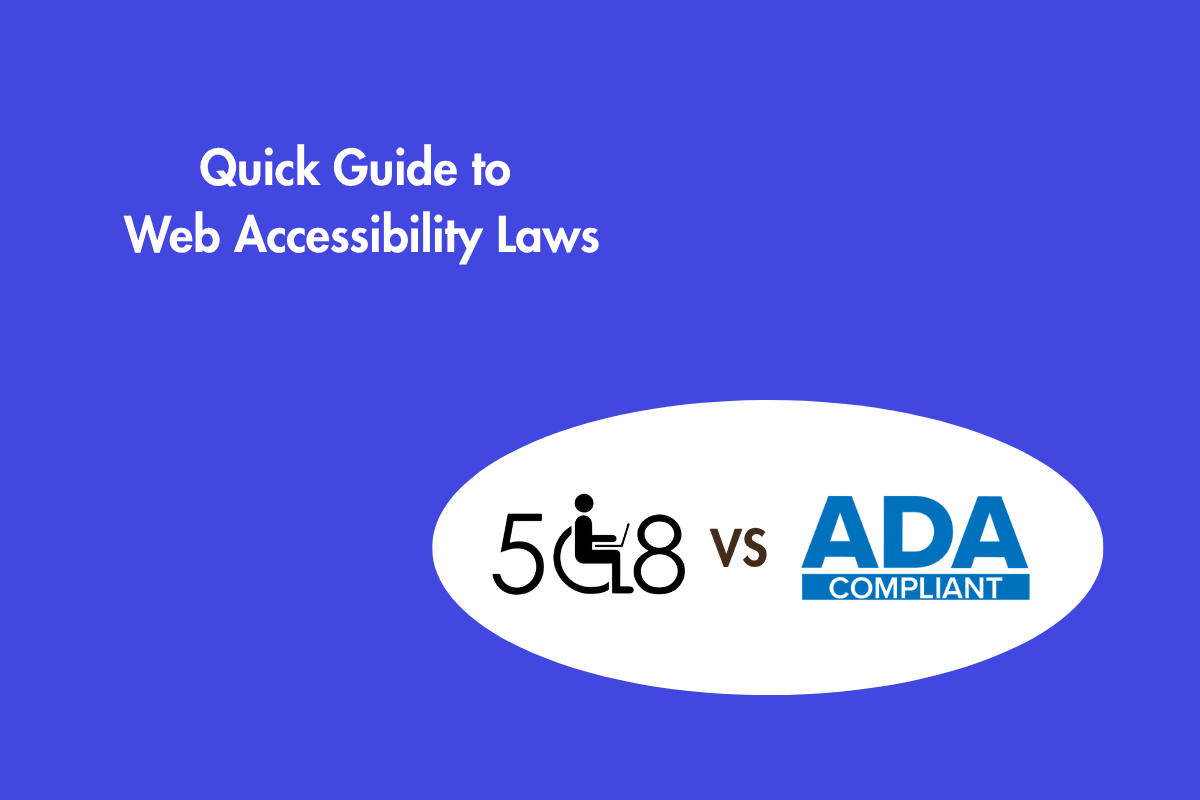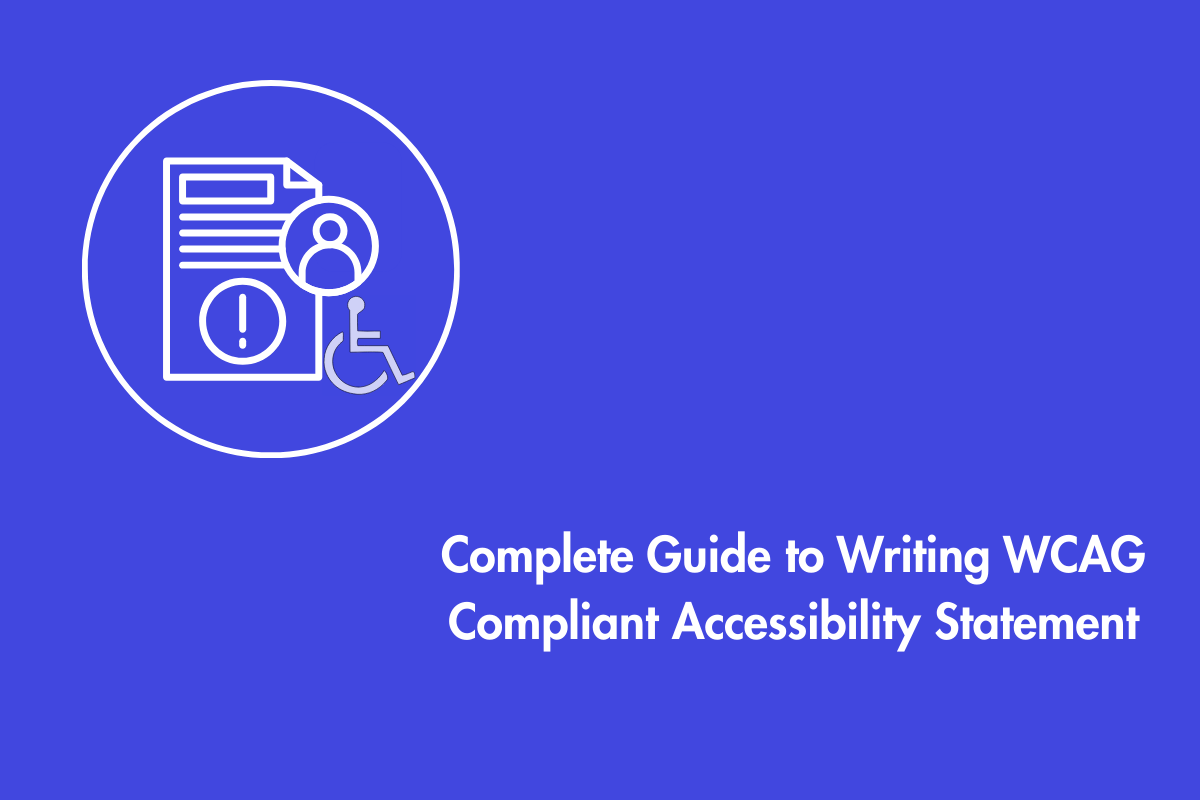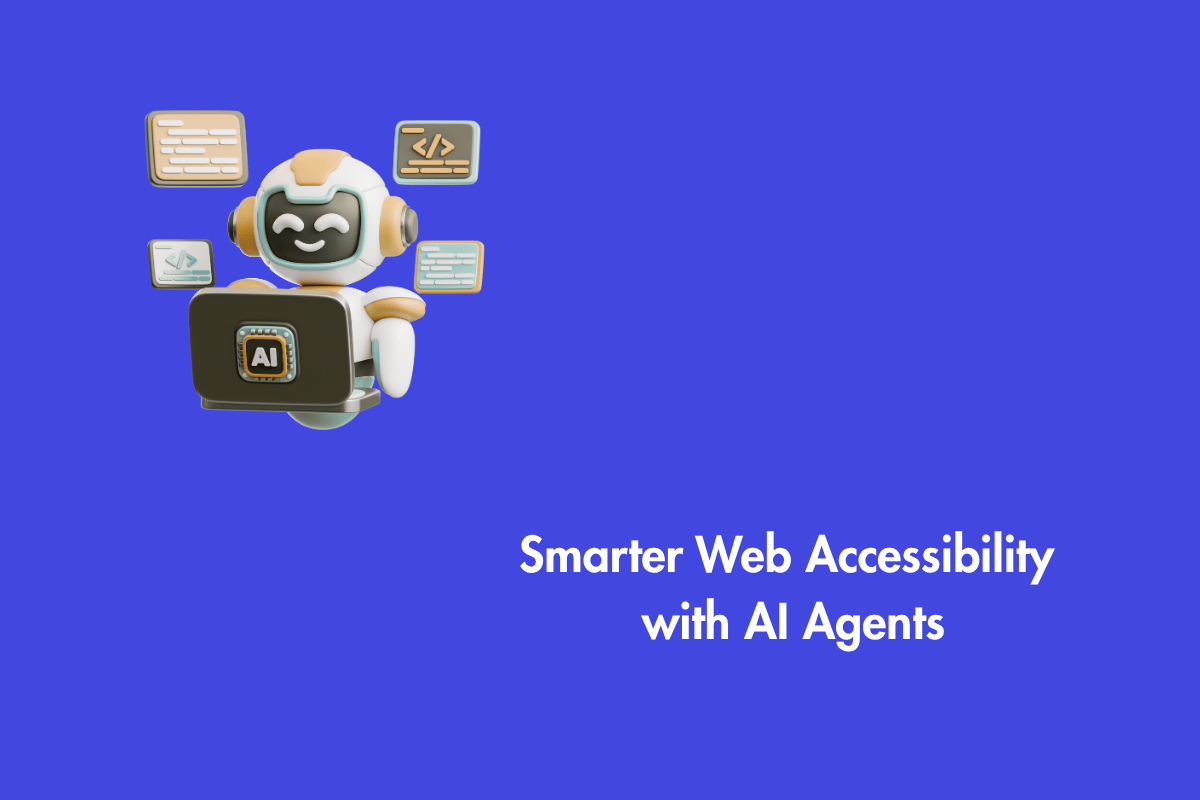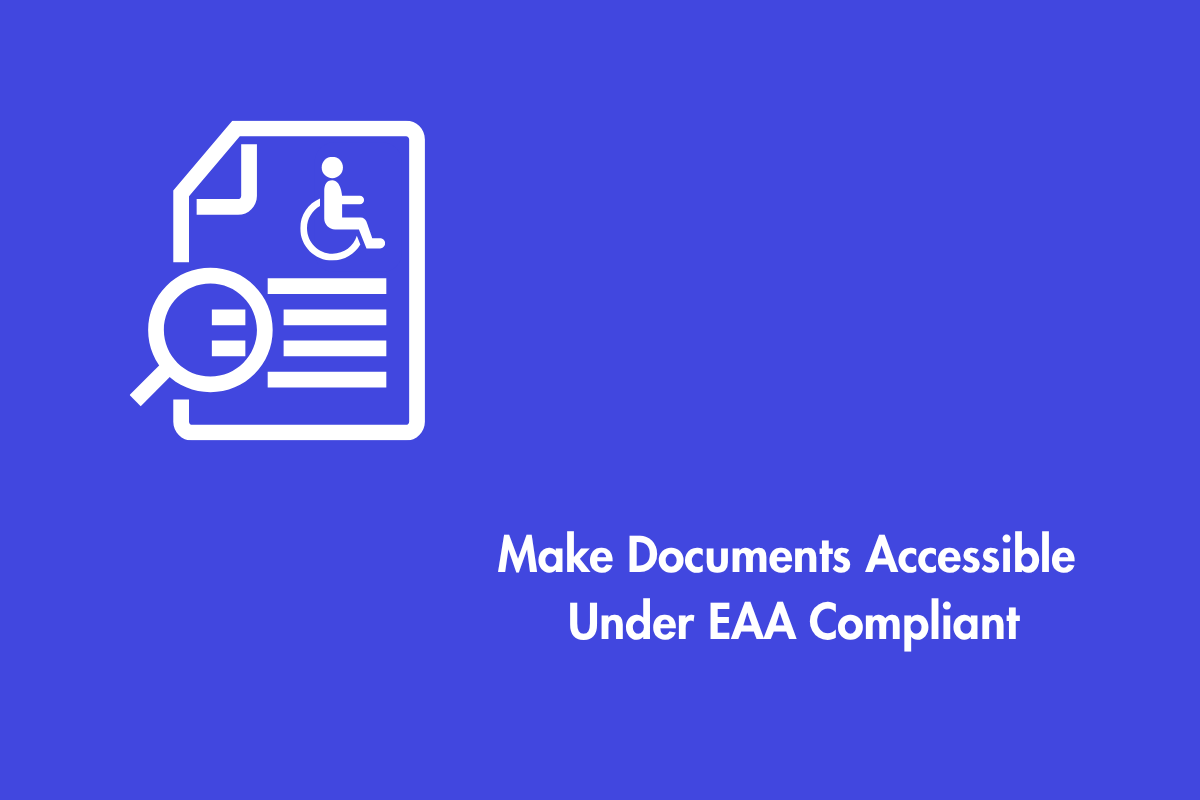Navigating the laws and standards surrounding digital accessibility can be challenging, regardless of whether your organization is in the public or private sector. You might be familiar with requirements under the Americans with Disabilities Act (ADA) and Section 508 of the Rehabilitation Act. But how do these various laws and standards align—and which ones apply specifically to your organization?
Though they have different scope, emphasis & enforcement; both seek to remove obstacles for people with disabilities. This blog explains these differences in simple terms and provides updated policies for both federal agencies and private companies..
Table of Contents
Defining ADA
The Americans with Disabilities Act (ADA), enacted in 1990, is a U.S. civil rights law that protects individuals with disabilities from discrimination. It covers various areas of public life, with Titles II and III most relevant to web accessibility.
Title II requires state and local governments to ensure their programs, including websites and mobile apps, are accessible. Title III, while originally focused on physical spaces, has been interpreted by the Department of Justice and courts also to cover digital content. As a result, inaccessible websites can lead to ADA-related legal action.
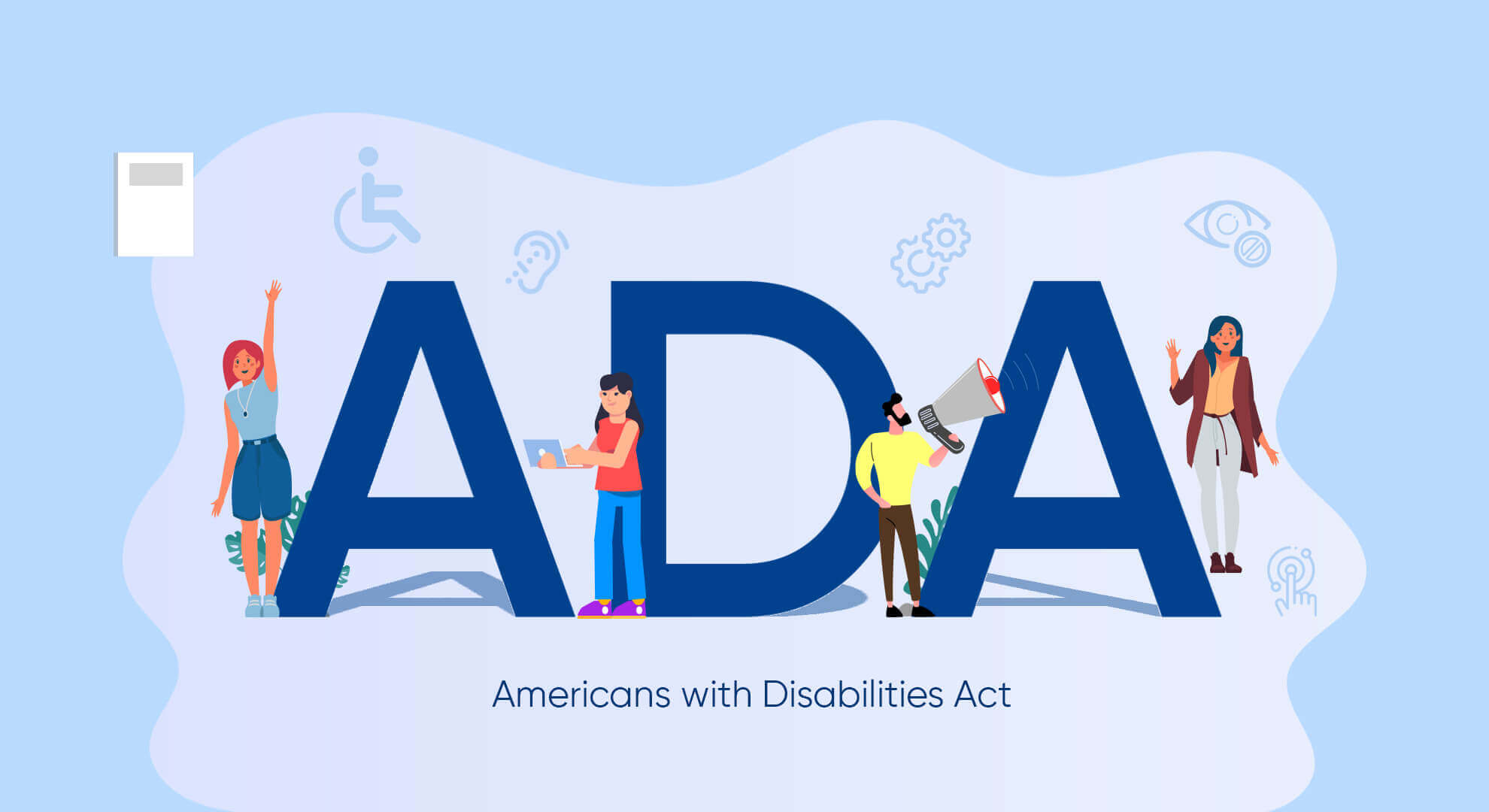
The ADA has two main requirements:
- For Employers, They must provide reasonable accommodations for employees with disabilities to help them perform their jobs effectively. This can include accessible entrances and bathrooms, ergonomic office furniture, or specialized equipment.
- For Businesses Serving the Public: They are required to make “reasonable modifications” to ensure people with disabilities can access their services. Examples include wheelchair ramps, accessible restrooms, ASL interpreters, and accommodations for service animals.
The other facets of daily life include:
- Employment: Safeguards qualified people against discrimination in various aspects of employment such as training, promotions & hiring.
- Public Services: Demand state and local governments to provide easily available government facilities including transportation.
- Public Accommodations: Makes sure private companies, from websites to restaurants, are reachable.
- Telecommunications: Guarantees that phone companies and internet providers support efficient communication.
- Miscellaneous Provisions: Contains additional safeguards and enforcement details.
By addressing nearly every part of public life, the ADA sets a comprehensive standard for accessibility in both physical and digital spaces.
What is Section 508?
Section 508 of the Rehabilitation Act of 1973 is a U.S. federal law that requires federal agencies to ensure their information and communications technology (ICT) is accessible to individuals with disabilities. Unlike the broader scope of the ADA, Section 508 specifically targets federal agencies, ensuring equal access to their digital resources.
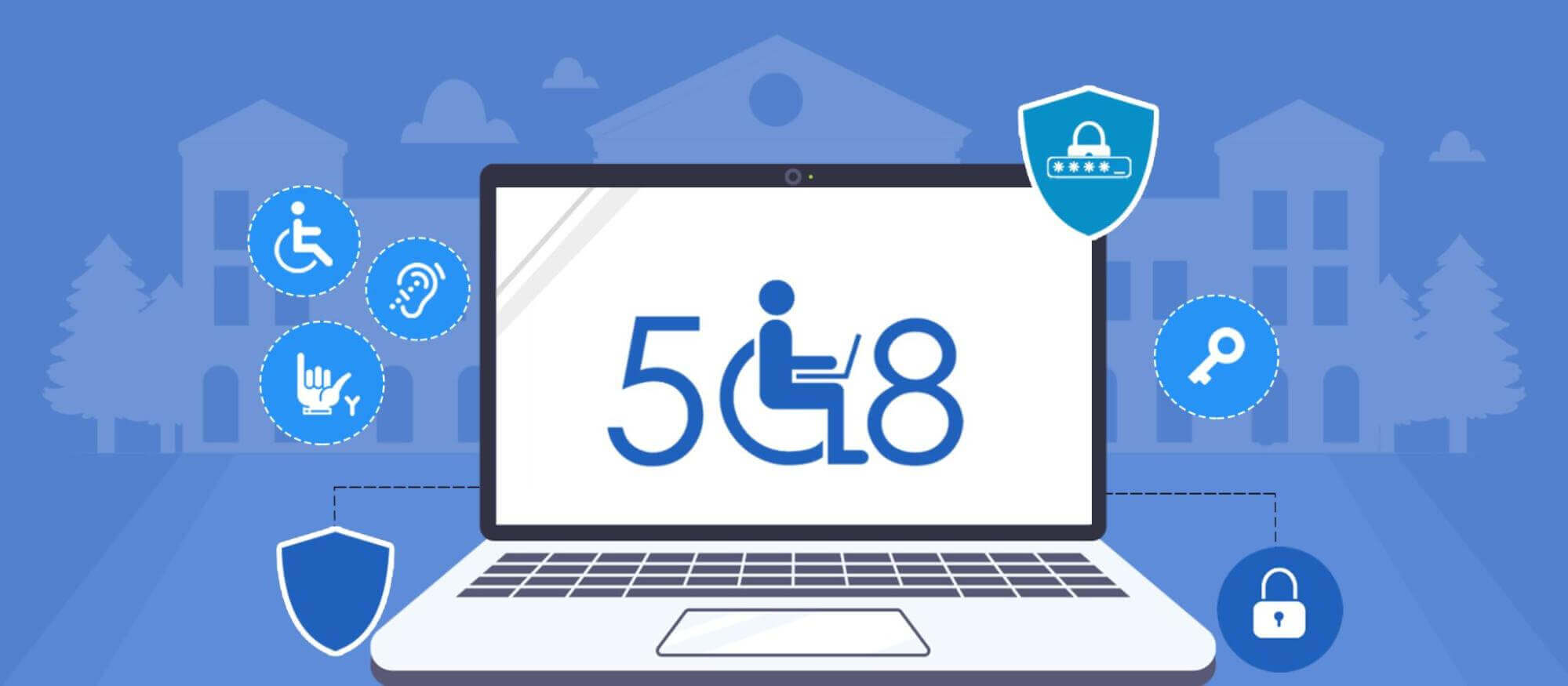
It also affects businesses that work with these agencies, as they must comply with accessibility standards to provide products or services. Its main objective is to make sure persons with disabilities can access electronic and information technology (EIT). Key points include:
Federal Focus: Only applies to federal agencies and organizations that do business.
Technical Standards: Emphasizes particular rules, usually in line with the Web Content Accessibility Guidelines (WCAG), to guarantee digital content is usable by all.
Section 508’s focused scope means its standards are rigid and technical addressing the digital tools and services that shape government interactions.
Core Differences Between ADA and Section 508
While Section 508 addresses digital accessibility within federal agencies and businesses, the ADA covers both physical and digital environments. The ADA seeks to guarantee equal access for those with disabilities and prevent discrimination. Technical guidelines for digital content and technology the federal government uses are elaborated in Section 508 where non-compliance results in administrative actions, violations could lead to lawsuits, fines, or settlements.
Primarily, Section 508 relates just to federal agencies and entities handling them, the ADA affects public and private entities.
Here’s a concise summary comparing ADA and Section 508:
Authority
- ADA: Created by U.S. Congress.
- Section 508: Managed by the U.S. Access Board.
Conformance
- ADA: No specific levels.
- Section 508: Aligns with WCAG levels.
Enforcement
- ADA: Enforced by the DOJ via complaints and litigation.
- Section 508: Enforced by the Access Board; complaints can lead to lawsuits.
Scope
- ADA: Covers many public and private services, including digital spaces.
- Section 508: Federal EIT (Electronic and Information Technology) only.
The Impact of Non-Compliance
Failing to prioritize accessibility can lead to significant legal, financial, and reputational consequences:
Legal Consequences
- Infractions of the ADA: Should websites or physical locations fall short of accessibility criteria, businesses risk lawsuits, fines and reputational damage.
- Section 508 Violations: Federal agencies may suffer administrative sanctions, loss of funding, or increased scrutiny during audits.
- Reputational Damage: Consumers today expect accessible platforms. When digital tools are hard to use, trust erodes, and brand loyalty can decline. Conversely, prioritizing accessibility strengthens engagement and demonstrates social responsibility.
Essential Steps to Achieve Accessibility Compliance
Whether your organisation is federal or private, a proactive strategy will enable you to keep ahead of changing criteria:
- Run an Accessibility Audit: Review your digital assets; websites, applications and documents; using both automated tools and hand evaluations in an Accessibility Audit.
- Make use of WCAG Guidelines: Use WCAG as a road map to create and preserve easily available digital content. This phase helps you satisfy Section 508’s and the ADA’s standards. To assess whether your website complies with WCAG standards, it should adhere to the four foundational principles summarized by the acronym “POUR”: Perceivable, Operable, Understandable, and Robust. Meeting these principles is crucial for achieving accessibility compliance.
- Coach Your Staff: Share with your design, development, and content teams present current accessibility standards and best practices constantly.
- Utilize Accessible Tools: Use tools including keyboard navigation tests, colour contrast checkers, and screen readers to guarantee accessibility.
- Monitor and Update Regularly: Accessibility is an ongoing journey that requires constant monitoring and updating. Frequent reviews and updates to your digital channels help you to keep current with new technologies and legal developments.
Special Considerations for Federal Agencies:
- Documentation: Keep detailed records of your accessibility efforts for compliance audits.
- User Feedback: Engage personally with people with disabilities to identify problems and refine solutions.
- Vendor Collaboration: Make sure any outside technology complies with Section 508 criteria through vendor cooperation.
By following these guidelines, one not only reduces legal risks but also fosters an inclusive environment that benefits everyone.
Future Trends in Accessibility
The world of internet accessibility is always changing. Keep an eye on these important trends:
Adjustments for Real-Time Accessibility: Technologies based on AI are making it possible for features like automatic captioning and dynamic structure adjustments providing each user a personalized experience.
Periodic Checks: Firms employ new automated methods to continuously assess and enhance their accessibility features, eliminating the need for frequent testing.
New Technologies: Future regulations should address how to make these immersive environments widely available as virtual reality (VR) and augmented reality (AR) gain traction.
More Stringent Enforcement: As people become aware of accessible standards and legal precedents reinforce them, stricter implementation is likely, motivating more individuals and organizations to adopt best practices..
Final Thoughts
Regularly Review Your Digital Platforms: Continuous audits ensure your content remains accessible as standards evolve.
Empower Your Team with Training: Staying informed about the latest accessibility developments is crucial.
Engage with Users: Feedback from individuals with disabilities will enhance your approach and improve user satisfaction.
Keep an Eye on Emerging Trends: Technologies like AI and AR will shape the future of digital accessibility and compliance.
Accessibility is more than a regulatory requirement, it’s a commitment to building a digital world where every individual is welcome. By streamlining your efforts and following best practices, you create a foundation for legal compliance and a genuinely inclusive user experience.
Conclusion
The ADA and Section 508 both play key roles in promoting accessibility and fostering an inclusive society. Section 508 focuses specifically on ensuring that federal digital technologies meet precise technical standards, while the ADA provides broad protections across both physical and digital environments. Increasingly, both frameworks rely on WCAG guidelines to inform their requirements.
Including these ideas into your company or agency plan not only helps you to comply with the law but also creates a welcoming environment for users. Accepting accessibility is an investment in a future in which everyone uses digital technologies equally, so supporting social responsibility as well as invention.Check out our WCAG 2.1 Checklist for more details on achieving WCAG compliance. At AEL Data, our team of experts thoroughly audits every web page to pinpoint issues and implement effective solutions.
